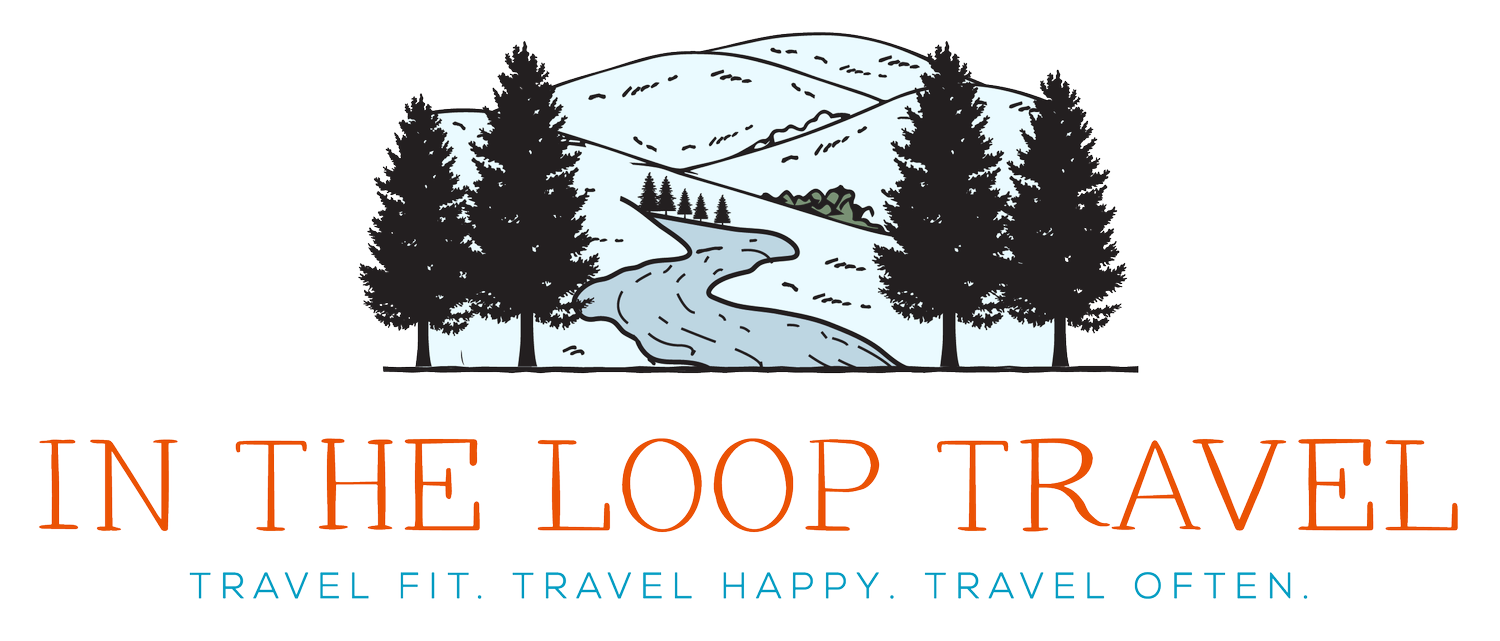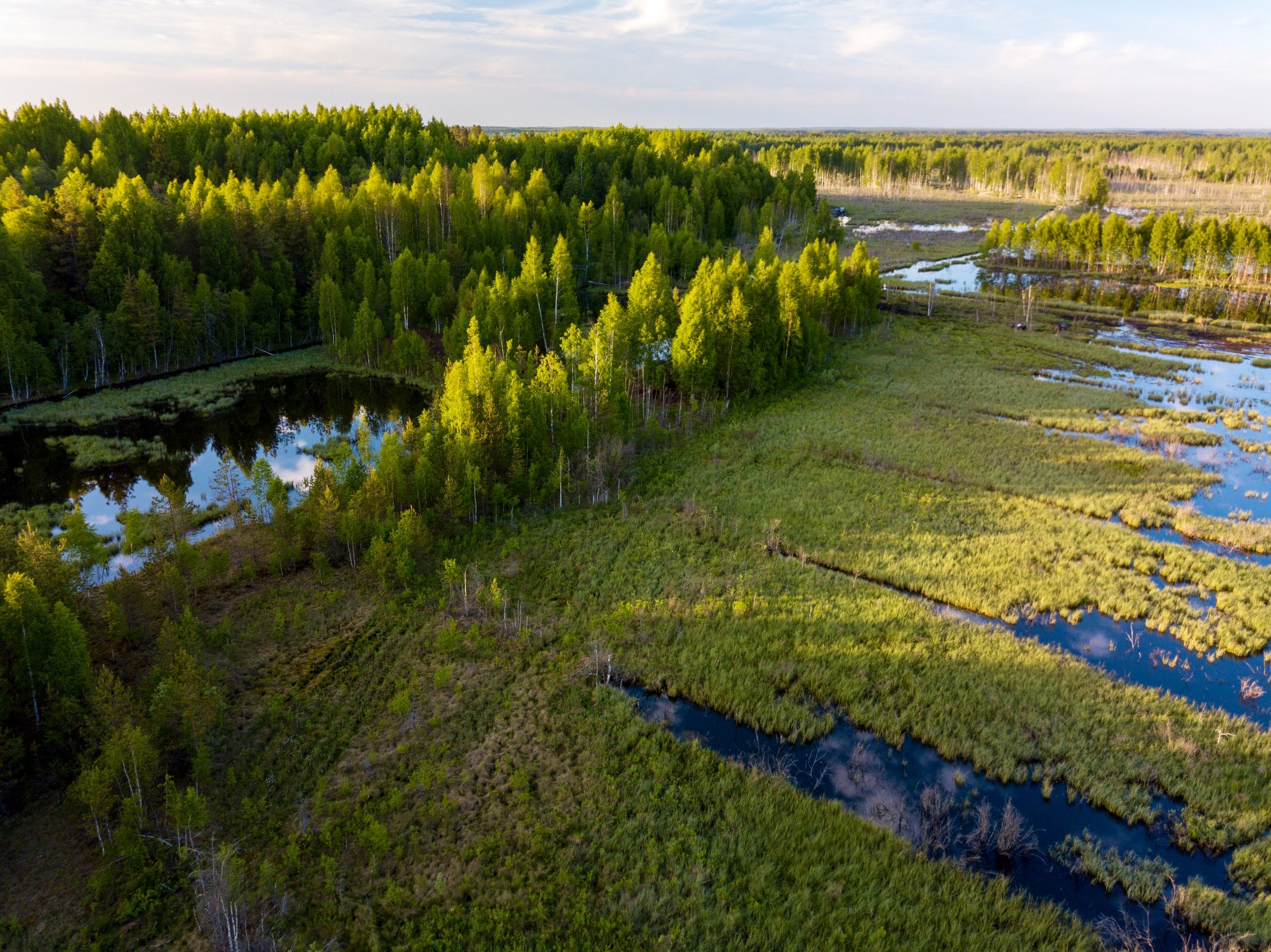Visit Lithuania for Ecotourism Adventures
The Cepkeliai Marsh is Lithuania's most famous swamp. Photo credits: iStock/Valdas Jarutis
9/10/2020
A number of travelers these days are on the lookout for new ways to see the world. After months and months of lockdown and travel restrictions, we are re-evaluating our place in the world and gaining a deep appreciation for how fortunate many of us are to be able to travel to see the many wonders of the world.
Personally, I realize that life is short so we should make the most of our time while spreading positivity and making connections with the people and places we encounter on our journeys.
Many people are craving travel that is more environmentally conscious, education-focused and connects us with the outdoors in an invigorating way.
Ecotourism involves responsible traveling to pristine natural environments with the goal of learning more about the natural world, helping residents and contributing to ecological conservation. To encourage this kind of mindset, Lithuania — one of the lushest countries in Europe — is inviting people to visit its very special and serene forest green landscapes.
"Our country is small, but it has so much to offer in terms of natural environments and biodiversity," said Olga Goncarova, head of the Domestic and Inbound Tourism Department at Lithuania Travel. "Over the recent years, we have noticed a growing interest in our unique natural resources — lakes, forests, marshes, rivers.
"Instead of spending all of the vacation in cities, tourists are choosing to spend more time in nature -- exploring, meditating, being. This has been very helpful in the effort of spreading ecological awareness."
Indeed, Lithuania has some of the most interesting natural wonders, four of which are designed as national reserves. Check out these amazing places you can explore on an ecotourism adventure in Lithuania.
Cepkeliai Marsh
You are immersed in fresh air and ancient landscapes and surrounded by taiga-type woods -- home to wolves and lynxes.
The Cepkeliai Marsh is Lithuania's most famous swamp. It earns its reputation through the tranquility and pristine natural setting. A 1.5-kilometer educational trail allows visitors to explore wetlands, small lakes, continental dunes and diverse forest fauna. You can enjoy panoramic views from the observation tower. The reserve is a highly protected ecosystem, so to limit disturbance during the bird breeding season, from April to July, visitors can only enter the park with an authorized guide.
However, from July to April, the educational trail can be visited independently, with written permission issued by the local directorate.
Kamanai Reserve
This is another marsh and another wonderful opportunity to experience Lithuanian nature. The Kamanai Reserve offers a breathtaking educational trail through a well-preserved ecosystem — in fact, it's so protected, you can only visit with a registered guide. The biodiversity found in Kamanai Reserve is astonishing. The area is home to wolves, lynxes, the hazel dormouse, black grouse and a variety of other species, including the near-extinct spoon-leaf sundew, a fascinating insectivorous plant.
While Kamanai is open year-round, it is especially stunning during spring and fall when the trees change color. You can view the trees and preserve from the 30-meter-tall observation tower built next to the trail.
Viesvile Reserve
Located in the Western Lithuania, the Viesvile Reserve features a guided 1.8-kilometer tour through multiple marshes, lakes, rivers and forests. Wolves, otters, cranes and a variety of other animals are permanent residents. Black alders, spruces, pines fill the forest.
After concluding the hike, visitors are invited to learn more about the flora and fauna by participating in interactive activities at the visitor center. On top of that, the reserve is known for its exceptional nursery of wood grouses; it's the only place in Lithuania where you can see the birds up close. Guided tours are available daily until 5 p.m. On weekends, reservations are required. The educational trail is available free of charge at any time.
Zuvintas Biosphere Reserve
It was officially established in 1937, but the Zuvintas Biosphere Reserve has been attracting scientists and curious travelers since the 19th century. And for a good reason.
Lithuania's oldest and largest reserve is home to more than 2,000 species of animals, including more than 240 different types of birds — many of these classified as endangered. While the reserve is mostly composed of marshes, it also features the shallowest lake in the country.
Lake Zuvintas, with the average depth of only 0.6 meters, is often regarded as a paradise for water birds. The lake is one of the hottest spots in the country to watch the autumn bird migration, which reaches a peak in mid-September. A UNESCO Biosphere Reserve, Zuvintas offers educational tours and engages in highly respected scientific research.
Though only open during the day time, the educational trail is free of charge for small groups. Paid guided tours can be booked at visitor center. The rest of the reserve's territory can be visited with written permission.
Thanks for reading,
JR

